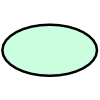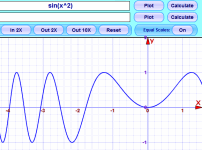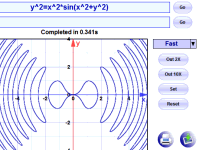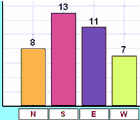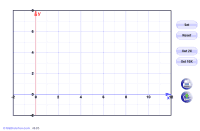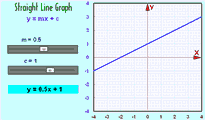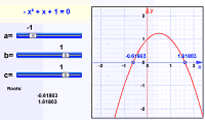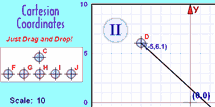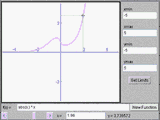The Ramanujan museum for math
12 AUGUST 2009 NO COMMENT
S Sundaram and Nirmala Raman
PK Srinivasan, or PKS as he was known, was a dreamer with his head in the world of mathematics but feet fi rmly on the ground. He was an ardent admirer and practically a devotee of the Indian mathematical genius Srinivasa Ramanujan.
This is what he wrote in a preface to Volume 1 of the Ramanujan Memorial Number: Letters and Reminiscences he helped publish in 1968; “(the dream is to set up a) Ramanujan Memorial Foundation with the object of setting up a permanent memorial to Ramanujan in the shape of a multistoried building in Madras, housing a planetarium, mathematical exhibition wings, auditorium, library and showrooms displaying applications of mathematics in industry. It will be a house of entertainment par excellence for the layman and it will strive to make mathematics almost as popular as dance and music. We solicit generous support and help from the readers and institutions all over the globe for translation of the dream into reality.”
He had to wait for almost 25 years to atleast have a room for the memorabilia of this great mathematician and finally could accommodate it in the premises of the Avvai Cultural Academy, Royapuram, and the man who helped him realise his dream, at least partially, was Shri A.T.B Bose, a businessman interested in education.
The story of PKS’s fascination with Ramanujan and how he came to collect letters and other memorablia related to Ramanujan and how these came to be housed in the Ramanujan Museum in Chennai is a story worth recounting if only to show the power of dreams and a single-minded devotion to a cause.
PKS was introduced to the life and works of Ramanujan in 1948 through a book on “Indian Scientists’ published by G A Natesan & Co. The life sketch of Ramanujan moved him and created in him a desire to discover more about the genius.
At that time, PKS was working as a mathematics teacher in Muthialpet High School in Chennai. Through his innovative methods of teaching, PKS managed to kindle an interest in mathematics amongst his students.
PKS felt that Ramanujan’s life taught you that it was possible to reach great heights of achievement irrespective of your background if only you are true to yourself. This was something he wanted all his students to realise. He was one of the founder members of the Association of Mathematics Teachers in India (AMTI) in 1965 because of a conviction that mathematics teachers needed to have a professional platform to exchange ideas.
In 1954 PKS met Janaki Ammal and S Thirunarayanan, wife and brother of Shri Ramanujan. Subsequently he also met Ananda Rao, who was a contemporary of Ramanujan in England. He was fascinated listening to the many small and hitherto unknown incidences in Ramanujan’s life. This meeting and subsequent contacts with relatives and friends of Ramanujan encouraged PKS into thinking about collecting letters and reminiscences related to Ramanujan’s remarkable life.
In 1962, the Government of India announced the release of a special commemoration stamp marking Ramanujan’s 75th birthday on 22nd December. PKS decided to use this opportunity to bring out a memorial number on Ramanujan, containing letters and reminiscences.
With the help of his students, both former and current, he formed a committee for this purpose in October 1962. They then set about searching for contacts and institutions in India and abroad that who were connected in any way with Ramanujan.
The committee placed ads in local papers, interviewed people who had known Ramanujan and gathered letters. When he got a response to an ad or found a contact, he would immediately follow up. Often he found himself just patiently sitting while some one rummaged around in an old trunk for some half-remembered letter. Sometimes he would bring in a stenographer skilled in both English and Tamil to record a conversation.











